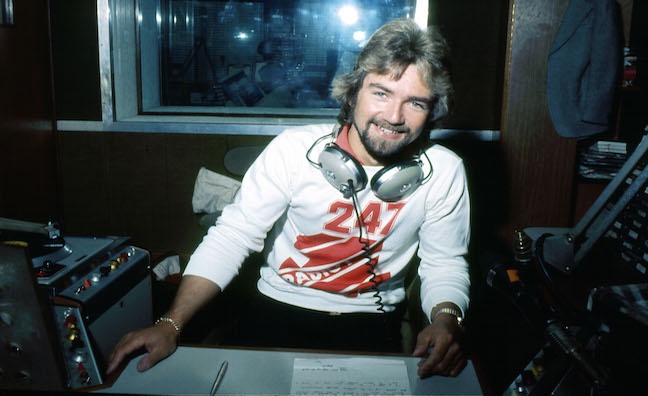1. CODIFYING THE GENERATION GAP
Prior to the launch of Radio 1 and Radio 2, pretty much all pop music fell on one side or the other of the generation gap. But the launch of two stations, one for fab gear teens and one for oldsters, made it official, at least until Radio 2 woke up to comparative hipness at some point in the Noughties. But even now, occasional rows about Madonna etc being “too old” for Radio 1 break out.
2. EXPANDING POP’S LIFESPAN
Pre-’67, pop music was seen as something you grew out of when you got a job, got married and settled down. Radio 2, for all its easy-listening origins, ultimately proved that didn’t have to be the case, providing a safe haven for the middle-aged and older to continue to listen to “happening” “sounds”, just without all the distractions that come with youth.
3. GIVING NICHE GENRES AN OUTLET
Whether it’s jazz, country, grime or Patagonian noseflute music, you can bet someone on the nation’s two premier stations will have championed it at some point. From John Peel’s relentless pursuit of the new to the specialist Radio 1 dance shows of today, to Radio 2 essentially building the UK country scene from scratch, there’s barely a specialist genre on the planet that doesn’t owe most of its exposure to a DJ on 1 or 2.
4. INVENTING THE PLAYLIST
“We play what we like,” ran an early promo for BBC 6 Music, “And nothing else”. It wasn’t true, of course, because, by then, Radio 1 in particular had established the playlist as the core of every station’s musical output. Listeners may sometimes profess to hate it but, for the biz, the knowledge that a record would receive heavy rotation for a guaranteed period of time was manna from heaven. And lord knows what name streaming services would have come up with if left to their own devices…
5. STARTING THE CULT OF THE DJ…
Prior to Fab FM/Radio Quiet invading the airwaves, DJs were continuity announcers. The national pop stations, however, unleashed the big beasts of radio to mark out their territory by sheer force of personality. Sometimes – as with Peel – this was a very good thing. At other times… Well, let’s just say, ‘Not so much’.
6. …AND THEN DESTROYING IT
Eighties Radio 1 was seemingly mayhem: full of big hair and even bigger egos. But, in the ‘90s, controller Matthew Bannister replaced legends of the airwaves with younger, hipper names. Radio 1 has resembled Logan’s Run ever since. But at least, nowadays, old-timers have a shot at a show on Radio 2.
7. MAKING THE CHARTS MATTER
Top Of The Pops was already on-air when Radios 1 and 2 launched. But it was the former’s reinvention of Pick Of The Pops as the Official Top 40 that really cemented the Sunday countdown in the hearts and minds of successive generations. Now it’s on Friday, it’s not quite the same. But we’ll always have that time Bruno Brookes played the unedited version of Rage Against The Machine’s Killing In The Name.
8. TAKING ALT-ROCK MAINSTREAM
Radio 1 in the evenings had long championed indie. The Evening Session, invented in 1990, took things one step closer to the mainstream. But it was Britpop – arriving fortuitously during the Blood On The Carpet Bannister years – that really smashed the glass ceiling, as Radio 1 made stars of Blur, Oasis et al.
9. EXTENDING THE FAMILY
You know you can now get peanut butter KitKats? Well, the BBC applied the same principle to digital stations. 1Xtra emerged from Radio 1 and sent UK urban music mainstream, while 6 Music spun off from 2 and gave a home to people who might be older but still want raucous lo-fi. Result.











